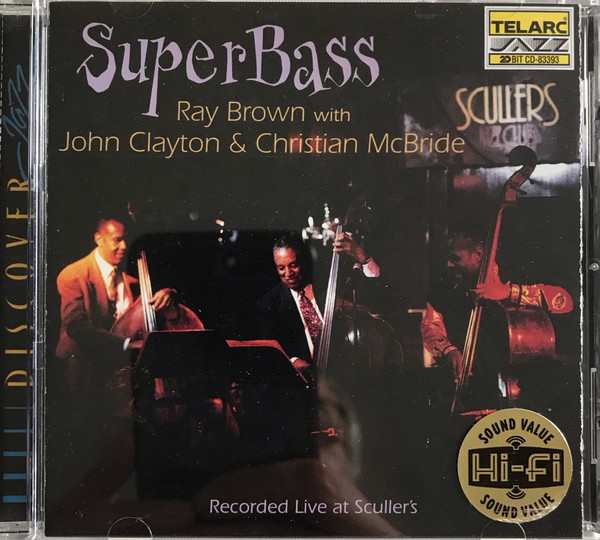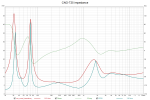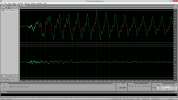Someone send me a random example (I'll send it back after testing) and I'll confirm Pavel's findings. I'm not wasting my money on one just to test.
I've been extremely vocal for many years about continuous ratings and how important they are for performance and reliability.
Amir steadfastly refuses to test amplifiers in accordance with how they are required to be advertised and marketed. That is a continuous (5 minutes) test. Not doing so and not disclosing ANY continuous ratings is a gross misrepresentation of any amplifier's fitness for purpose. It makes for situations like this.
And using an excuse like this, is mind-numbingly hilarious:
"I could just drive it continuously with a sine wave but that can damage the amplifier and possibly my dummy load."
Get some low cost, high power dummy loads. The FTC continuous rating is at 1% THD, so you don't need to care about the VCR of the load resistors. Some cheap Chinese resistors are fine. I use them and they are awesome for that purpose.
If the amplifier fails, shuts down or blows up- so what? If it does, it's a POS and
that's what a review is for- letting people know something doesn't meet it advertised ratings.
Why would any of these Chinese (used deliberately) manufacturers spend actual money engineering, designing and producing products that can meet their lofty (read: inflated) ratings if nobody is actually testing them properly? (think VW emission scandal).
No, they focus on the ridiculous 5W@4R SINAD chart which anyone with half a brain knows is absolute BS. (think VW clean-diesel, high mpg etc).
I've had enough fights over this and my advice is simple-
do not buy cheap amplifiers with dubious power ratings from Chinese manufacturers until they start being honest in those power ratings.
And
@pma, we can always start HHR (Honest HiFi Review) if you want.





